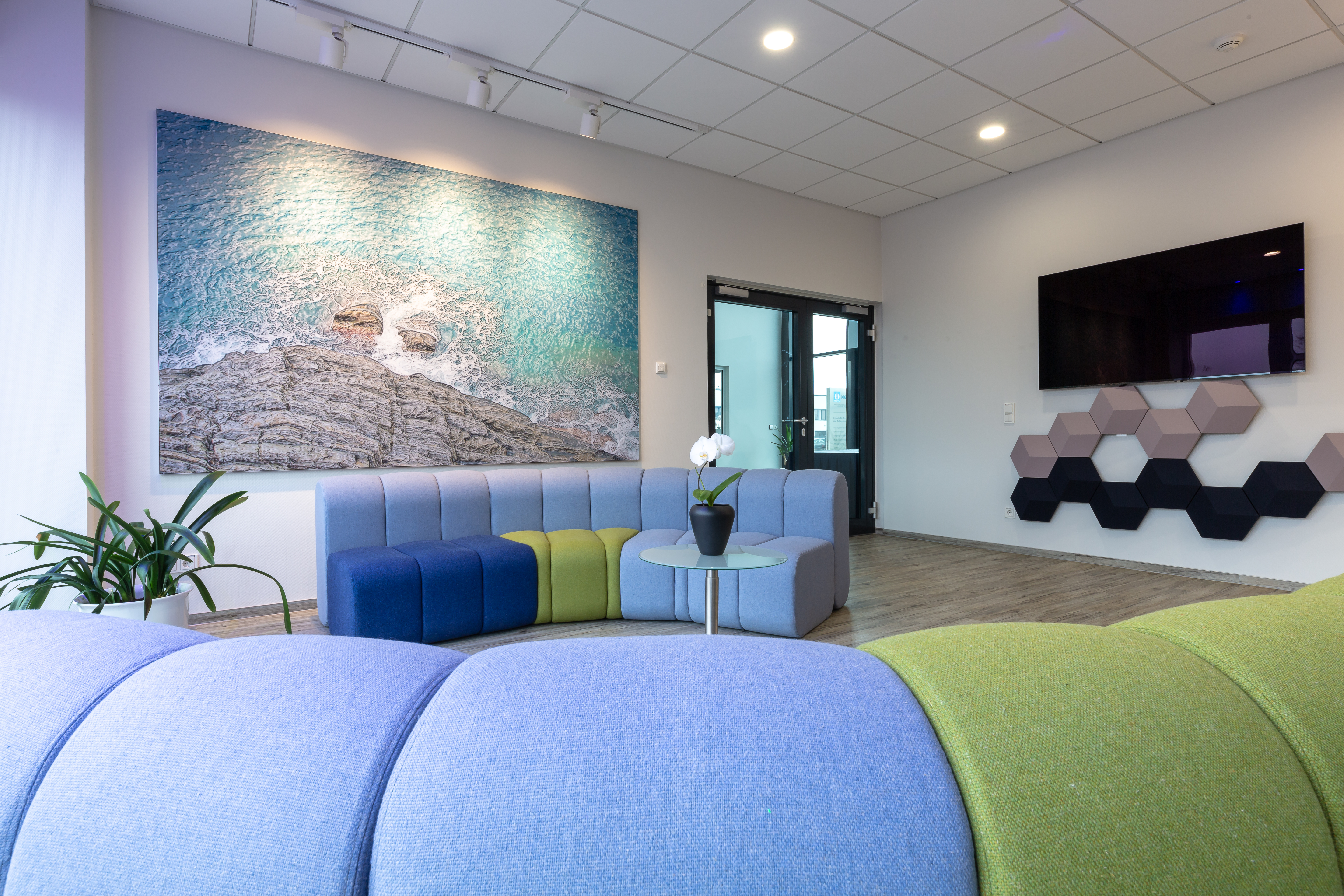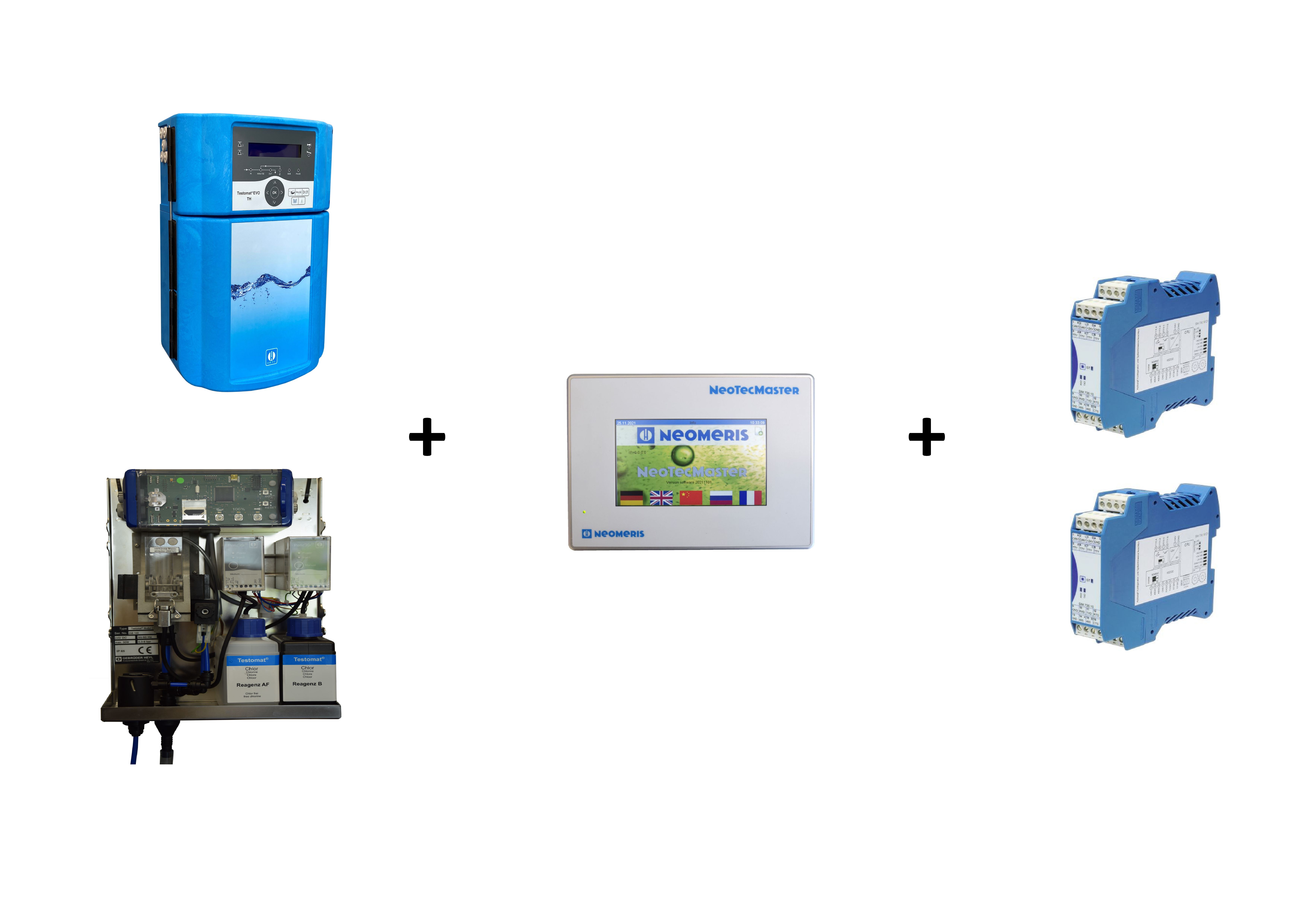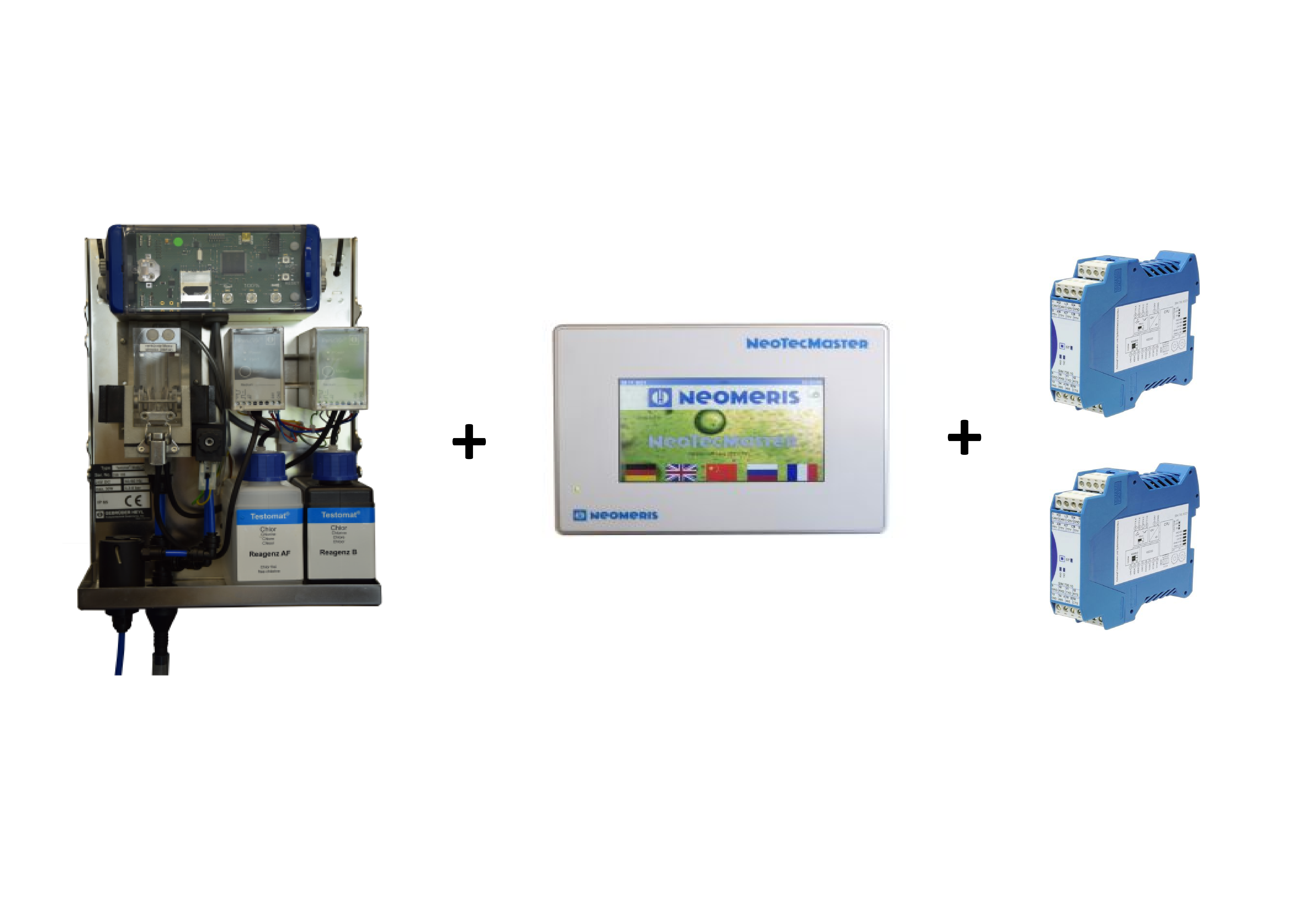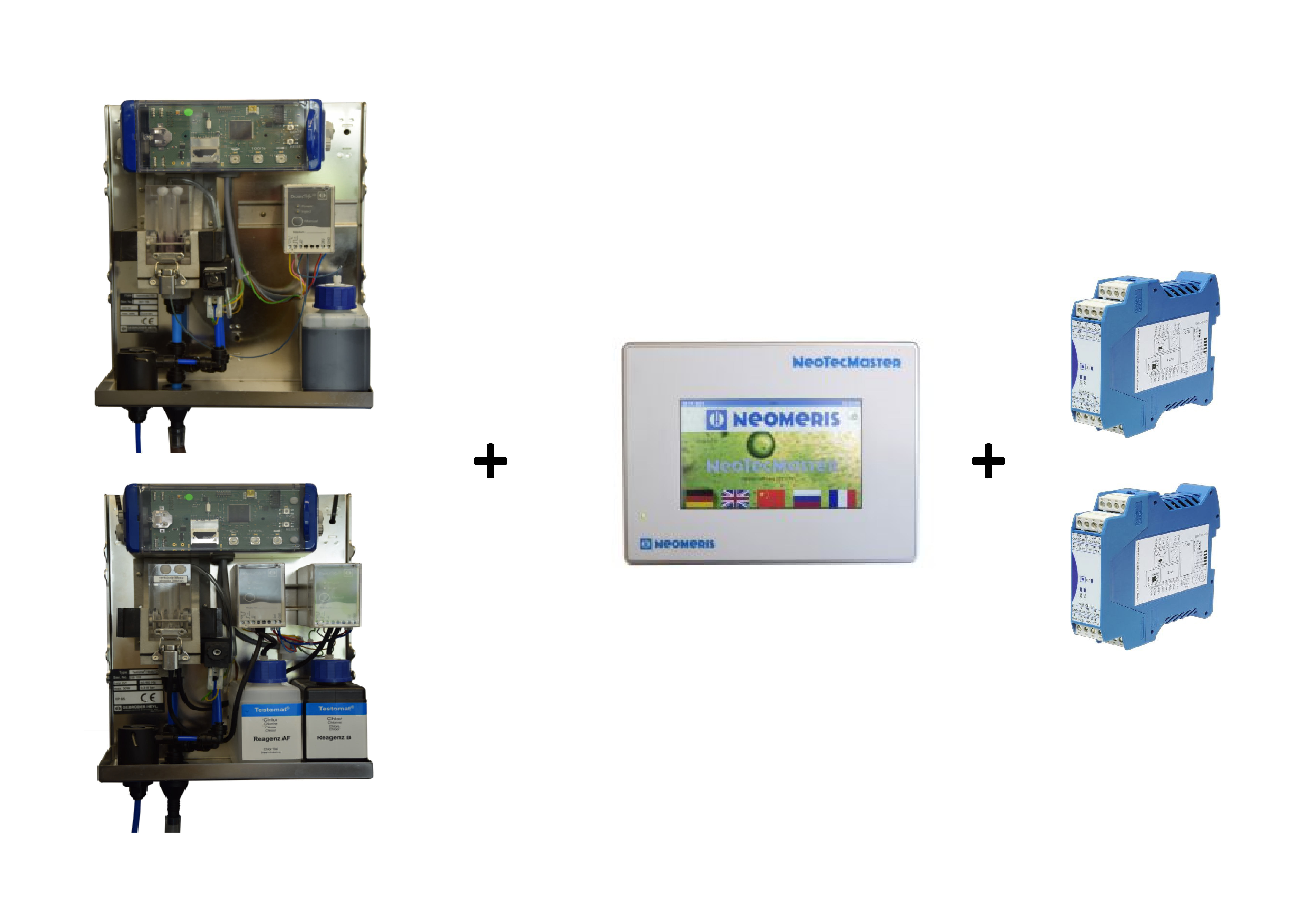The use of chlorine-based biocides is one of the common processes in the field of cooling tower water conditioning.
Monitoring within water treatment processes is carried out, for example, using so-called redox electrodes. It should be noted that the redox value is only an auxiliary parameter that provides information about the reduction or oxidation capacity of the conditioned water. A direct statement about the actual concentration of the reactive component of the supplied product is thus only possible indirectly.
Alternatively, amperometric sensors can be used for specific applications. The disadvantage of this method is the susceptibility to faults or the inertia of the sensor system with regard to fluctuations in the pH value and the temperature, but also in the chlorine concentration. Fluctuations of more than 20% within the chlorine concentration to be measured can already lead to measured values that cannot be used for process engineering purposes.
When integrating the sensor system, stable flow and pressure conditions must also be ensured. Sensor systems require regular calibration and are subject to wear on the electrodes and electrode membranes. Depending on the operating conditions, sensors must be calibrated weekly.
When processing the measured values in a higher-level control system (output via 4-20 mA or RS232), the required dosing quantities can be realized as needed, independent of seasonal or process-specific fluctuations. Over- or underdosing can thus be effectively counteracted and the use of chemical products can be limited to what is actually required. Long-term observations of the measured values allow reliable conclusions to be drawn about the dosing process without having to take into account any disturbance variables, sensor drift or delayed response behavior. With a measuring range of 0 - 5 mg/l, Testomat® LAB Chlor enables reliable monitoring of both free chlorine and total chlorine in a wide range of applications. The respective parameter is determined by the selection of the reagent set used.
Filter products








